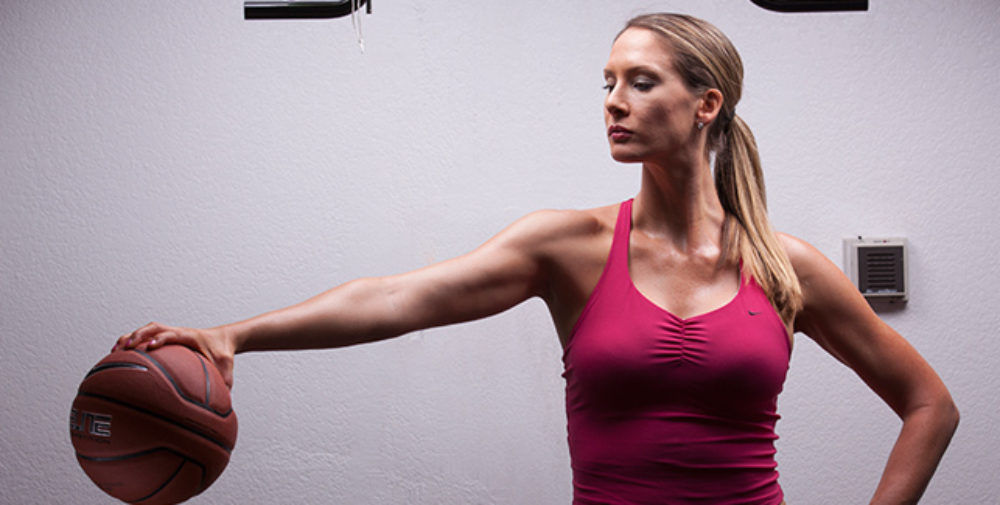Carolyn will be the official Nutrition Consultant for:
Contact [email protected] for more information.
SPORMENT- Webinar TOPICS outline from Carolyn Moos www.fitt4life.org 6’5’’ USA B-Ball, B.A. Stanford, FIBA/WNBA, M.A. USC, ACE Personal trainer, yoga instructor, nutrition consultant: CEC’s pre & post natal nutrition, biomechanical assessment, golf conditioning specialist- visit www.fitt4life.org or www.carolynmoos.com contact [email protected] c: 310-600-3320
Below are sample topics to be covered in the SporPak Series of Webinars with Carolyn Moos:
TOPICS with Questions after
- Glycemic Index– how GI ratings of carbohydrates affect mental and physical performance along with affecting absorption rate of other key nutrients – What the GI? What does it do?
- Macronutrient profiling– the ratio of proteins, carbohydrates and fats you should eat at each meal relative to your training and game days. Understanding what type of proteins, carbohydrates and fats benefit building the healthy athletic body you want for your sport.
- Meal timing– frequency of meals is essential to maintaining your basal metabolic rate as well as improving your mental and physical functioning, while also lowering the risk of injury along with strategic cross-training, ample rest and recovery. Visit www.fitt4life.org for more tips. – Why is meal timing important? – How does it make a difference in my performance?
- Nutrient Density– how to understand the nutrition value you get from caloric density relative to the nutrient return. Nutrient Density is the nutrition value you get per calorie consumed. Some foods have high caloric content but little nutritional value. Visit www.fitt4life.org for my power food list
- Food preparation and planning ahead: how to plan for the week in middle, high-school and college. Eating on the go! Learn to stock up at the grocery store, how to cook and prepare your meals for the week and store them. These skills save time and money!
Nutrition includes everything you put in your body- all liquid calories and all whole food affect your muscle to fat ratios. Biggest myth is it does not matter what type of calories you get in – in fact this affects the TYPE of body you build. 5,000 calories one way vs. another will directly affect your body composition along with strategic cross-training. I also do not advocate any alcohol consumption. We can talk about these physiological realities to high-school athletes as well.
Eating whole food you prepare means you know exactly what is in your meals. You can make healthful choices eating out too- it is just that there are 8 poor choices to 3 preferable ones at most fast food restaurants. Part of how I work with you individually is help you design menu items based on your tendencies and patterns of where you eat and how you prepare your meals.
VISIT www.fitt4life.org or www.carolynmoos.com for a Grocery list broken down by macronutrients (proteins, carbs, and good fats along with essential herbs, spices and their physiological benefits).
QUESTIONS:
- When do I eat carbs? Eat low to mid Glycemic carbs for breakfast pre morning workouts. Post workout eat high GI carbs (whole wheat pasta, brown rice, sweet potatoes) with lean protein and high GI fruits, eat low GI carbs later in day. If you are playing games at night vs. morning workout then this pattern shifts to fit your needs.
- How much protein do I need to have? Proteins are the building blocks for the body and are made of amino acids. There are 20 amino acids that are required for growth by the human body and all but eight can be produced in your body. These eight amino acids, called essential amino acids, must be supplied by food and/or supplements. The other twelve non-essential amino acids are made within the body, but both essential and non-essential amino acids are needed to synthesize proteins. The calculation for ideal intake (minimum) is as follows: multiply the body weight in kilograms by .8, or weight in pounds by .37. for example, a person weighing 150 lbs. should eat 55 grams of protein per day, a 200-pound person should get 74 grams, and a 250-pound person should eat 92 grams.
- What vegetables should I eat? I always say “Eat a Rainbow”- diversity is key! All colors provide different key benefits. Low GI vegetables vs. starchy ones are great and the darker the color the more nutrients in brings. For example brussel sprouts vs. cauliflower or cabbage and eggplant vs. clear celery or cucumbers (little value)- and greens or spinach vs. iceberg lettuce.
- What’s good for pre-game meal? Some aspects of sport specific nutrition can be applied here as well. As a broad approach get a mid Glycemic carb, good lean protein, low fat low to medium fiber (not too high for a pre game meal), low to mid GI fruit and a little good fat (not too high and all unsaturated). We can discuss as I work with you on your goals.
- Caloric intake/expenditure– eating for your goals: Formula is calculated based on your height, gender, body composition (muscle to fat ratios) and daily physical demands. Do you want to gain lean muscle tissue? – this is done by eating clean foods and increasing caloric intake with healthful options not just increasing calories alone. Do you want to lean out? This can be done in a very strategic way such that you maintain your hard earned lean muscle tissue in the process. Visit www.fitt4life.org for more tips and contact Carolyn Moos at [email protected]
